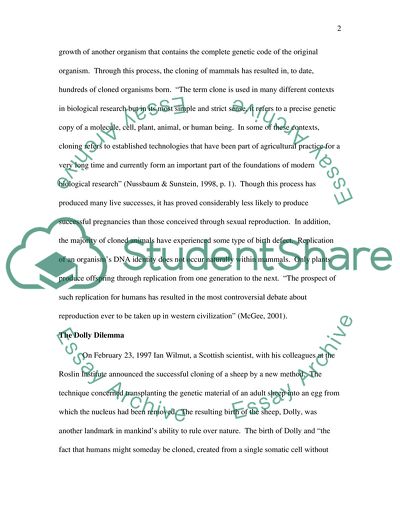Cite this document
(“Cloning Research Paper Example | Topics and Well Written Essays - 2000 words”, n.d.)
Retrieved from https://studentshare.org/miscellaneous/1554654-cloning
Retrieved from https://studentshare.org/miscellaneous/1554654-cloning
(Cloning Research Paper Example | Topics and Well Written Essays - 2000 Words)
https://studentshare.org/miscellaneous/1554654-cloning.
https://studentshare.org/miscellaneous/1554654-cloning.
“Cloning Research Paper Example | Topics and Well Written Essays - 2000 Words”, n.d. https://studentshare.org/miscellaneous/1554654-cloning.


